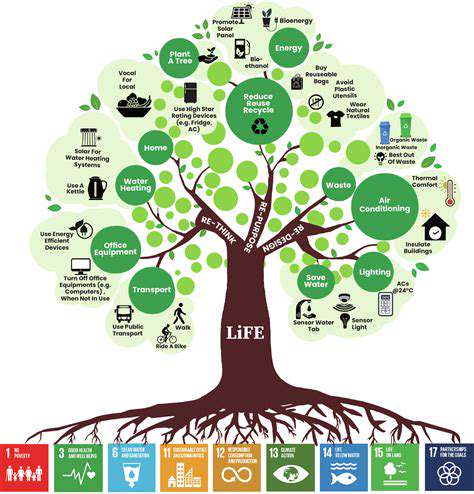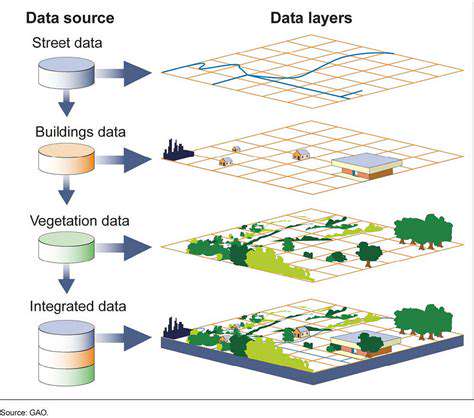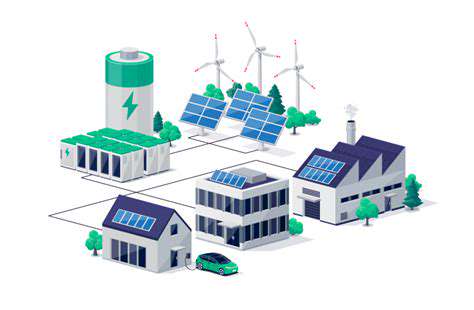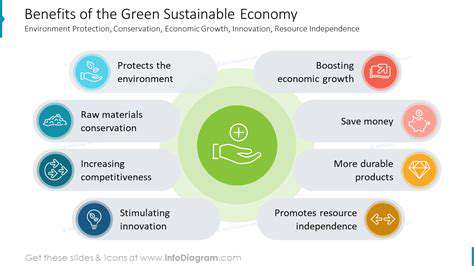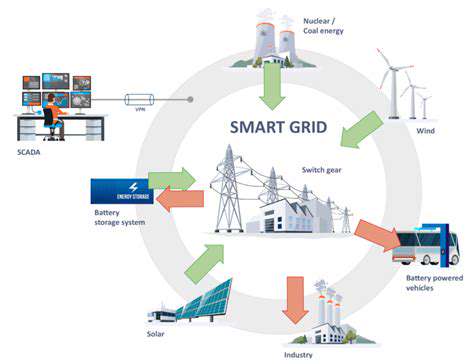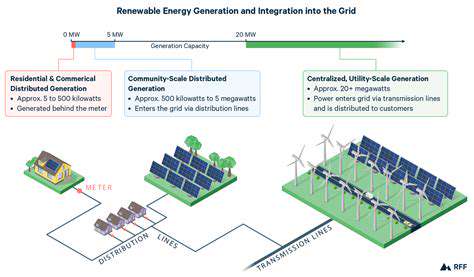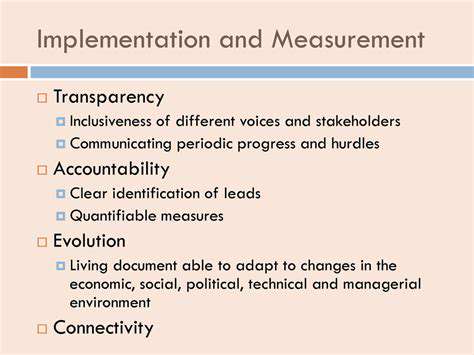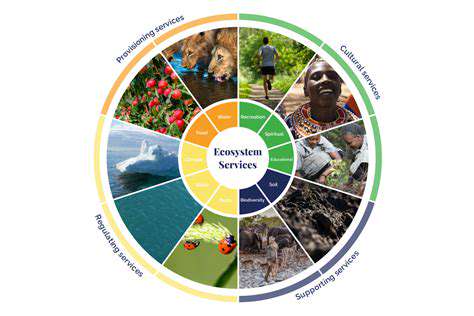High Concentration Photovoltaics (HCPV): High Efficiency with Optics
Harnessing Solar Energy with High Concentration
High-concentration photovoltaics (HCPV) systems leverage the power of concentrated sunlight to significantly boost the efficiency of solar energy conversion. By focusing sunlight onto smaller, highly efficient solar cells, these systems can achieve efficiencies exceeding those of conventional flat-panel systems. This concentration allows for the use of higher-temperature materials and designs, leading to enhanced performance in various climates and under different weather conditions. The fundamental principle is to collect a large area of solar radiation and focus it onto a smaller area, increasing the power density on the solar cells.
This approach offers a compelling alternative to conventional solar panels, particularly in regions with high solar irradiance. The concentrated light allows for the use of more advanced and specialized solar cell materials, potentially leading to breakthroughs in solar energy technology.
Concentrator Design: A Key to Efficiency
The design of the concentrator is critical to the overall performance of an HCPV system. Various types of concentrators, including lenses, mirrors, and diffractive optics, are employed to focus the incoming sunlight. The choice of concentrator depends on factors like cost, efficiency, and the specific application. Choosing the right concentrator material and design can significantly impact the system's efficiency and cost-effectiveness.
Materials and Technologies for High Concentration
HCPV systems utilize a wide range of materials, from conventional silicon to advanced materials like cadmium telluride (CdTe) and copper indium gallium selenide (CIGS). The selection of materials is influenced by their ability to efficiently absorb and convert concentrated light into electrical energy. Furthermore, advancements in nanomaterials and metamaterials offer exciting possibilities for enhancing light trapping and absorption, leading to more efficient conversion of solar energy.
Impact on Efficiency and Cost
The concentrated nature of HCPV systems allows for higher efficiencies compared to traditional flat-panel solar systems. This increased efficiency can potentially offset the higher initial cost of the concentrator components, making HCPV a more economically viable option in certain applications. However, the cost of high-quality concentrators and the need for precise alignment and maintenance can still pose challenges.
Applications and Deployment Strategies
HCPV technology finds applications in various sectors, including industrial power generation, utility-scale solar farms, and even portable power solutions. Deployment strategies often involve careful consideration of factors like solar irradiance levels, land availability, and local regulations. Strategic planning is essential for successful integration of HCPV systems into diverse energy landscapes.
Challenges and Future Research Directions
Despite the advantages, HCPV technology faces challenges, including the cost of high-quality concentrators, the complexity of system design and maintenance, and the need for precise alignment. Future research is focused on developing more efficient and cost-effective concentrators, improving materials for enhanced absorption, and optimizing system design for greater reliability and durability. Ongoing research in areas like nanotechnology and metamaterials holds considerable promise for advancing HCPV technology.
Environmental Considerations and Sustainability
The environmental impact of HCPV systems needs to be carefully considered. The manufacturing processes of concentrators and solar cells can involve resource consumption and potential environmental emissions. However, the long-term energy production benefits of HCPV systems can contribute to a more sustainable energy future. Careful life cycle assessments and sustainable manufacturing practices are essential for minimizing the environmental footprint of these systems.
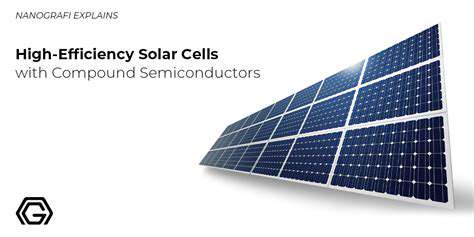
Key Advantages of HCPV Technology
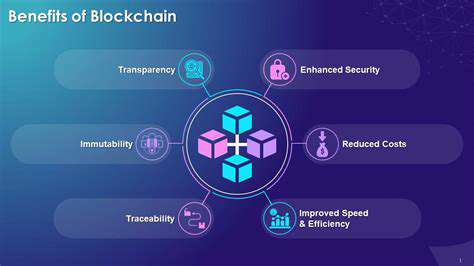
Enhanced Efficiency and Productivity
HCPV technology streamlines processes by automating repetitive tasks, freeing up valuable time for healthcare professionals. This automation translates directly into increased efficiency, allowing for more focused attention on patient care and administrative tasks. This heightened efficiency can significantly impact productivity, enabling healthcare facilities to accomplish more with existing resources. The reduced manual intervention also minimizes errors, contributing to a more streamlined and productive workflow.
Improved Accuracy and Reduced Errors
By leveraging precise data input and analysis, HCPV technology minimizes the potential for human error, leading to a more accurate and reliable healthcare system. Automated data entry systems reduce the likelihood of transcription errors, ensuring that patient information is consistently accurate and up-to-date. This precision is crucial in maintaining patient records and facilitating informed decision-making by healthcare providers.
Cost-Effectiveness in the Long Run
While the initial investment in HCPV technology might seem substantial, the long-term cost-effectiveness is undeniable. Reduced operational costs, due to the automation of tasks and the minimization of errors, eventually outweigh the initial outlay. Implementing HCPV technology can lead to significant savings over time, making it a worthwhile investment for healthcare facilities. Furthermore, the reduced need for manual intervention can lead to lower staffing costs in the long term.
Improved Patient Safety and Outcomes
HCPV technology helps to improve patient safety by ensuring the accuracy and completeness of patient data. This leads to more informed treatment plans and better patient outcomes. Better access to patient information allows for faster diagnoses, quicker interventions, and more personalized care plans. The ability to track and analyze patient data enhances the overall quality of care and leads to better health outcomes.
Enhanced Collaboration and Communication
HCPV technology fosters seamless communication and collaboration among healthcare professionals. The centralized database allows for easy access to patient information, enabling a more coordinated and efficient approach to patient care. Improved communication and collaboration contribute to better teamwork and lead to a more integrated approach to patient care. The technology also facilitates communication between different departments and healthcare providers, leading to a more comprehensive and holistic approach to patient care.
Scalability and Adaptability
A key advantage of HCPV technology is its scalability. As healthcare needs evolve, the system can adapt and expand to accommodate new requirements and data volumes. This adaptability ensures that the technology remains relevant and effective even as healthcare practices and technologies advance. This future-proofing of the technology allows healthcare facilities to stay ahead of the curve and ensure that the system remains useful for years to come. The system can be easily scaled to accommodate future growth and evolving needs of the healthcare facility.
